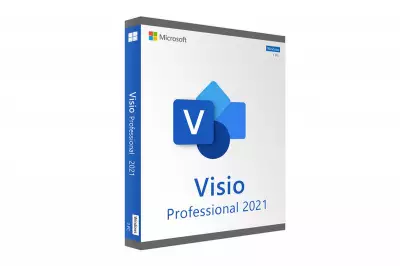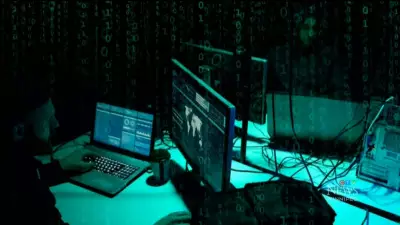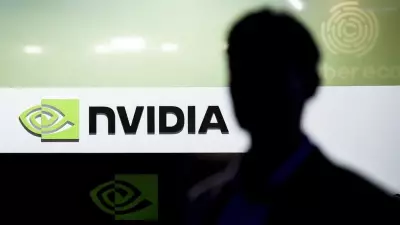
In an era where artificial intelligence can generate convincing text, images, and videos in seconds, distinguishing reality from fabrication has become a critical survival skill. We sat down with AI expert Victor R. to uncover practical strategies anyone can use to navigate this new digital landscape.
The Growing Challenge of AI-Generated Content
"We're reaching a point where AI can create content that's indistinguishable from human-created material to the untrained eye," explains Victor R., an AI researcher and consultant. The proliferation of sophisticated AI tools means everyone from students to professionals needs to develop detection skills.
Practical Detection Strategies
For Text Content
Look for these red flags:
- Unusual word choices or overly formal language in casual contexts
- Perfect grammar with occasional strange phrasing
- Repetitive sentence structures
- Lack of personal experiences or specific details
- Vague responses to direct questions
For Images and Videos
Watch for these telltale signs:
- Unnatural lighting or shadows that don't match the scene
- Strange hand configurations or finger counts
- Background elements that don't quite make sense
- Text within images that appears distorted or artificial
- Facial features that seem slightly off upon close inspection
Why Critical Thinking Matters More Than Ever
Victor emphasizes that technology alone won't solve the verification challenge. "The most important tool is your own critical thinking. Ask yourself: Does this make sense? Is the source credible? Does the information align with what I already know to be true?"
He recommends cross-referencing information with multiple reliable sources and being particularly skeptical of content that triggers strong emotional responses, as this is often a manipulation tactic.
Building Digital Literacy Skills
As AI technology continues to evolve, so must our ability to evaluate digital content. Victor suggests practicing detection regularly and staying informed about new AI capabilities. "This isn't about becoming paranoid," he clarifies, "but about developing healthy skepticism and verification habits."
The key takeaway? While AI presents incredible opportunities, maintaining trust in digital information requires both technological awareness and old-fashioned critical thinking skills.





